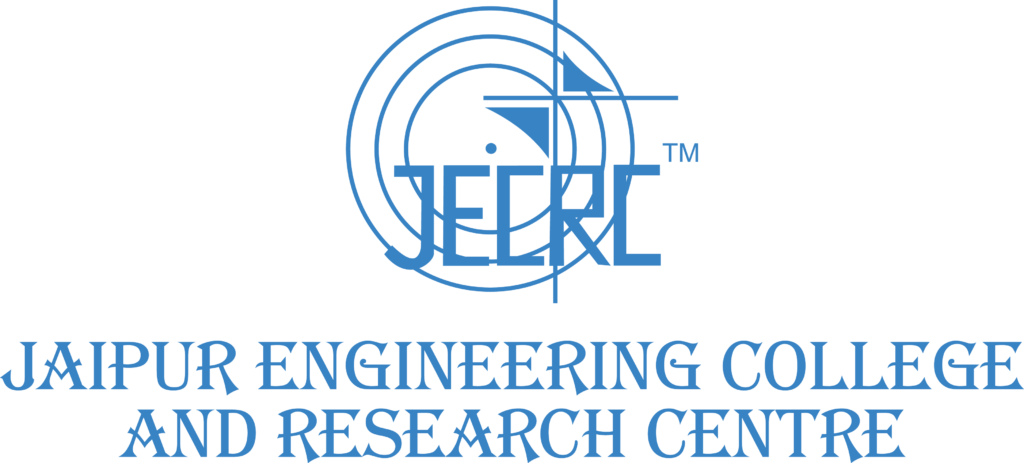
Jaipur Engineering College And Research Centre
Approved By AICTE & Affiliated To RTU

Jaipur Engineering College And Research Centre
Approved By AICTE & Affiliated To RTU


During recent times, AI and Data Science has emerged as one of the most high-growth dynamic and gainful careers in technology as Computer – based solutions are getting smarter due to recent advances in AI and Data Science. The Department of Artificial Intelligence and Data Science at JECRC Foundation aims to enable the Engineering students to get ready with the skills to perform intelligent decision based on data analysis which has become an important component in various real-world applications. This 4-year degree program is an entrenched specialization of Computer Science and Engineering concerned with methods to make computers or machines intelligent so that they are able to learn from experience to derive implicit knowledge and to understand natural language.
Strengthened with the well equipped laboratories and latest computer software technologies, the department ensures that program objectives are constantly met. The learning outcomes prepare students to become industry ready and knowledgeable to pursue careers as data analyst, data scientist and machine learning experts.
The experienced qualified faculties, who are incessantly involved in research and development in the said field, ensure the growth of the budding engineers by giving their best to create a learner- centric environment and endeavor to be an important regional, national and international resource centre for the development of Artificial Intelligence based computing and data science applications.
There are different eligibility requirements for other courses/programs. Further details can be found on your desired course or program page.
The tuition and registration fees are applicable as per the choice of discipline and program along with hostel and mess charges under the hostel fee. For the hostel fee details, please see the hostel page.
Depending upon your choice of discipline and program, the undergraduate courses can be 3 to 5 years, the postgraduate courses of 1 to 2 years, the research programs from 3 to 5 years, and the diploma/certificate courses are of 3 months to 3 years duration.
JECRC is a residential institute and all students who are admitted are accommodated in hostels. You can find out more about our hostel accommodation here Hostels.